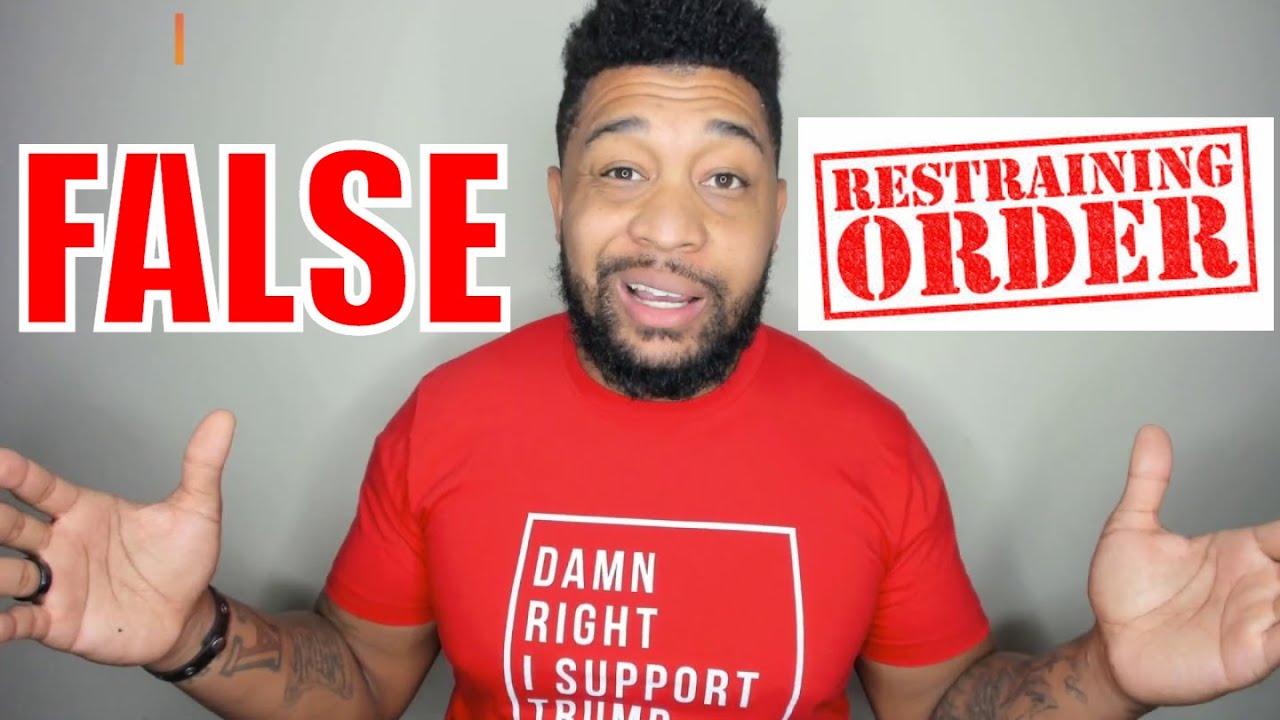Overview of Restraining Orders in Rhode Island
Restraining orders, also known as protective orders, are legal orders issued by a court to protect individuals from being threatened, harassed, or harmed by another person. In Rhode Island, obtaining a restraining order involves a series of steps designed to ensure the safety and well-being of the person seeking protection. If you find yourself in a situation where you need to obtain a restraining order, it is important to understand the process and follow the necessary steps.
Determine if You Qualify for a Restraining Order
Before proceeding, it is crucial to determine if you meet the criteria for obtaining a restraining order in Rhode Island. Those who can file for a restraining order include victims of stalking, harassment, domestic violence, sexual assault, or any other form of abuse. The relationship between the victim and the alleged abuser is a significant factor in determining eligibility. It is important to consult the Rhode Island Family Court or an attorney to ensure that you meet the necessary requirements.
Gather Evidence to Support Your Request
To strengthen your case, it is crucial to gather evidence that supports your need for a restraining order. This evidence can include photographs, videos, text messages, emails, witnesses, or any other documentation that proves the abusive behavior or threat to your safety. It is advisable to keep a detailed record of incidents, dates, and any relevant information that can substantiate your claims.
Complete the Necessary Forms for the Restraining Order
Once you have determined your eligibility and gathered the required evidence, the next step is to complete the necessary forms to obtain a restraining order. In Rhode Island, the specific forms may vary depending on the type of restraining order sought. These forms can be obtained from the Rhode Island Family Court or their website. It is crucial to fill out the forms accurately and provide all the required information.
File Your Petition in the Appropriate Court
After completing the forms, you must file your petition at the appropriate court. In Rhode Island, restraining orders are typically filed in the Family Court located in the county where either you or the alleged abuser resides. It is important to bring all the completed forms, evidence, and identification when filing your petition. The court will review your petition and provide you with a hearing date.
Serve the Defendant with the Restraining Order
Once the court grants your request for a restraining order, you must serve the defendant with a copy of the order. This is typically done by the local sheriff’s department or a private process server. The defendant must be formally notified of the order and instructed to comply with its provisions. It is important to keep a record of the date and method of service.
Attend the Court Hearing for the Restraining Order
A court hearing will be scheduled to determine whether the restraining order should be extended. It is crucial to attend this hearing to present your case before a judge. Failure to attend the hearing may result in the order being dismissed. It is advisable to arrive early, dress appropriately, and bring all the necessary documentation and witnesses to support your case.
Present Your Case and Provide Testimony
During the court hearing, you will have the opportunity to present your case and provide testimony. This is the time to explain the details of the abusive behavior or threats you have experienced, as well as present any additional evidence or witnesses. It is important to remain calm, factual, and concise while presenting your case.
Await the Judge’s Decision on the Restraining Order
After presenting your case, the judge will evaluate the evidence and testimony presented to determine whether to issue a restraining order. The judge will consider the credibility of the testimony, the severity of the situation, and the potential for harm. It is important to be patient during this process, as the judge may take some time to make a decision.
Obtain a Copy of the Issued Restraining Order
If the judge grants your request for a restraining order, you should obtain a copy of the issued order from the court clerk. It is crucial to keep this copy with you at all times, as it serves as proof of the order’s existence. Make sure to familiarize yourself with the terms and conditions outlined in the order to ensure compliance.
Enforce the Restraining Order if Violated
If the restraining order is violated by the defendant, it is essential to report the violation to the authorities immediately. Contact your local law enforcement agency and provide them with the necessary details and documentation. Violating a restraining order is a serious offense, and prompt action should be taken to ensure your safety.
Renew or Modify the Restraining Order as Needed
Restraining orders in Rhode Island have an expiration date, typically one year from the date of issuance. If you still require protection beyond the expiration date, you may need to renew or modify the existing restraining order. Contact the Rhode Island Family Court to understand the process and requirements for renewing or modifying the order. It is important to do so before the expiration date to ensure continuous protection.





